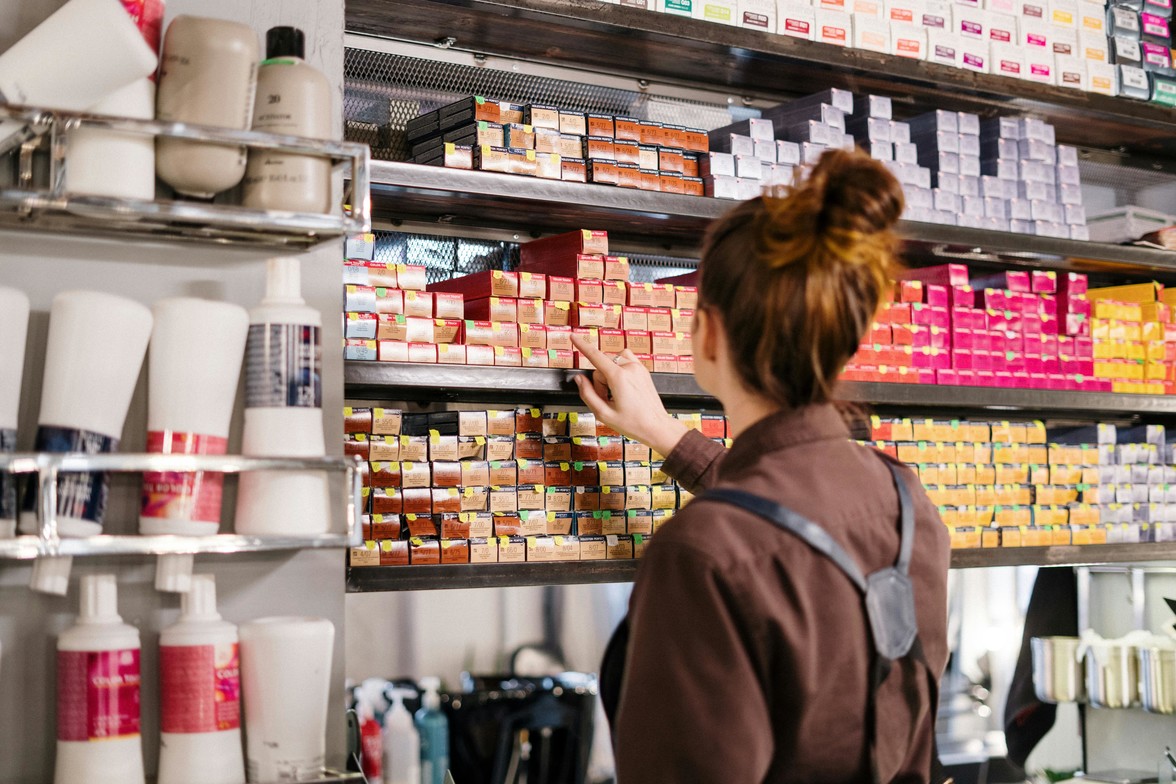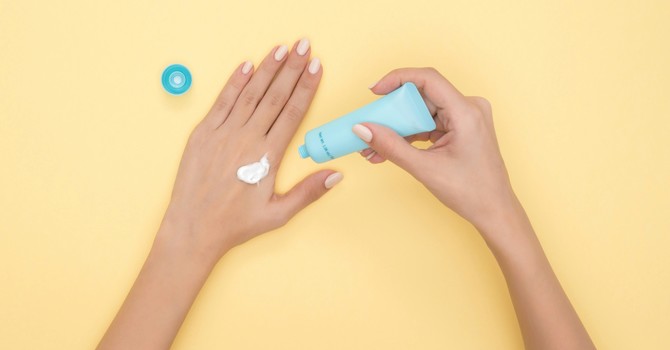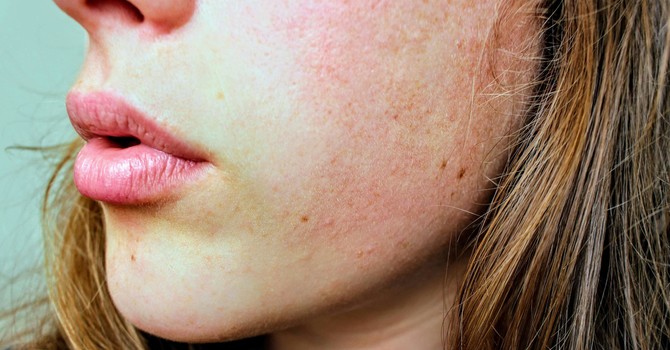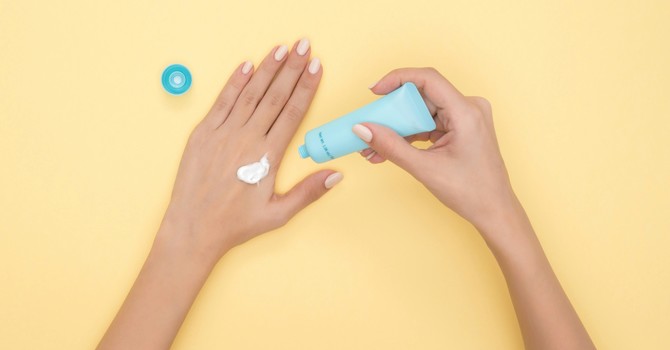
In recent years, K-Beauty has transformed from a niche curiosity into a dominant force in the global beauty industry.
What began with sheet masks and multi-step routines has evolved into a sophisticated, science-driven movement that’s reshaping how consumers in North America approach skincare.
As we move toward 2026, the momentum shows no signs of slowing down. Here’s a closer look at why Korean skincare is taking over — and what we can expect in the year ahead.
1. K-Beauty Becomes Mainstream in North America
The “second wave” of K-Beauty is in full swing. According to recent trade data, U.S. imports of Korean cosmetics grew more than 50% year-over-year in 2024, reaching nearly half a billion dollars within just a few months. Major American retailers like Sephora and Ulta have expanded their K-Beauty shelves, dedicating entire sections to popular brands such as Laneige, Innisfree, and Cosrx.
Unlike the first wave of viral popularity, which was driven by novelty (think snail mucin and quirky packaging), this new surge is focused on performance and innovation. Consumers across North America are not just trying K-Beauty products — they’re adopting them as daily essentials.
2. Science Meets Tradition: The Rise of Biotech Skincare
One of the biggest skincare trends to watch in 2026 is the fusion of biotech innovation with traditional Korean beauty philosophies. Many Korean skincare brands are investing heavily in research and development, introducing next-generation ingredients like exosomes, designer peptides, and fermented actives.
This scientific approach is resonating with American consumers who want products that deliver real, visible results. As a result, K-Beauty is shedding its “cute” image and positioning itself as a serious player in the beauty industry, competing directly with premium Western skincare brands.
3. TikTok and K-Pop Fuel the Cultural Momentum
The spread of K-Beauty is not just about products — it’s powered by culture. Platforms like TikTok have amplified skincare trends such as “glass skin” and minimalist routines, driving millions of views and influencing buying behavior. At the same time, the global popularity of K-Pop and K-dramas continues to make Korean aesthetics aspirational, particularly among younger consumers in North America.
This cultural connection gives K-Beauty brands a unique advantage: their products are part of a larger lifestyle movement that blends music, fashion, and wellness.
4. Expect More Personalization and Accessibility in 2026
In 2026, consumers can expect Korean skincare to become even more accessible. Brands are localizing their offerings to meet U.S. regulations, improving shade ranges, and adapting packaging and messaging for the North American market.
We’ll also see a rise in AI-powered skincare tools, virtual consultations, and personalized product recommendations — areas where Korean brands are already innovating. These changes will make K-Beauty easier to understand and integrate into Western routines, removing barriers that may have existed in the past.
5. Market Growth Will Face Challenges
While growth is strong, the beauty industry is watching several potential challenges. Tariff policies could impact pricing and availability of imported Korean products. Additionally, as more brands flood the market, differentiation will become essential. Consumers will increasingly look for authenticity, proven efficacy, and sustainable practices.
Brands that can balance innovation with transparency will lead the next phase of K-Beauty expansion in North America.
The Bottom Line
The takeover of K-Beauty is more than a passing trend — it’s a structural shift in the global beauty industry. Driven by innovative ingredients, cultural influence, and smart localization strategies, Korean skincare is set to shape skincare trends in North America well into 2026 and beyond.
For consumers, that means more options, smarter products, and access to some of the world’s most advanced skincare innovations. For brands, it signals rising competition and the need to stand out in an increasingly crowded market. One thing is certain: the future of beauty is global, and K-Beauty is leading the way.



